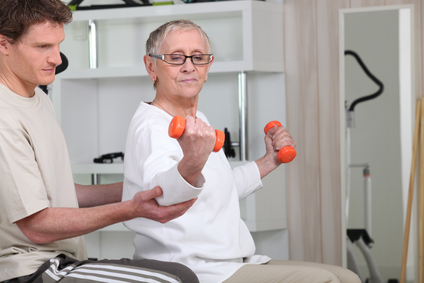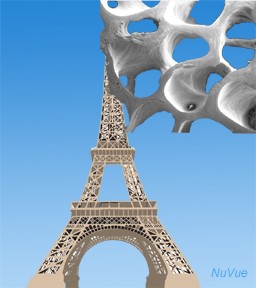Lowering Your Risk Factors For Covid 19: A Perfect Time To Work On Your Health
No one wants to get Covid 19. And if we do get it, we don’t want to end up on a ventilator with a slim chance of survival. But what can we do? Masks, hand washing, social distancing of course. Avoid crowds, sure, but what if we just get it anyway? Is there any way we can protect our immune system so we’re more likely to recover? Yes, there is. Improving your general health can greatly improve your chances. So as a certified Health Coach and Exercise Physiologist, I felt like I had to share some recent Covid 19 research with you. It’s both alarming and encouraging.


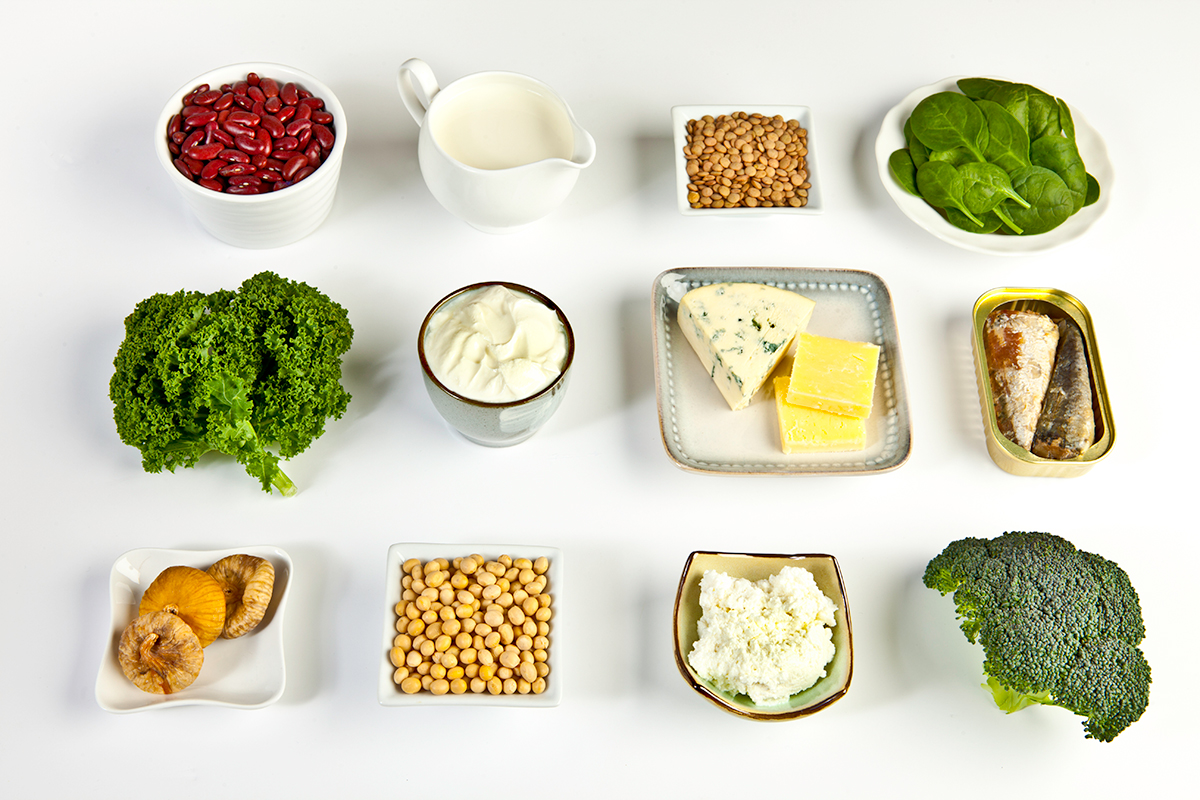
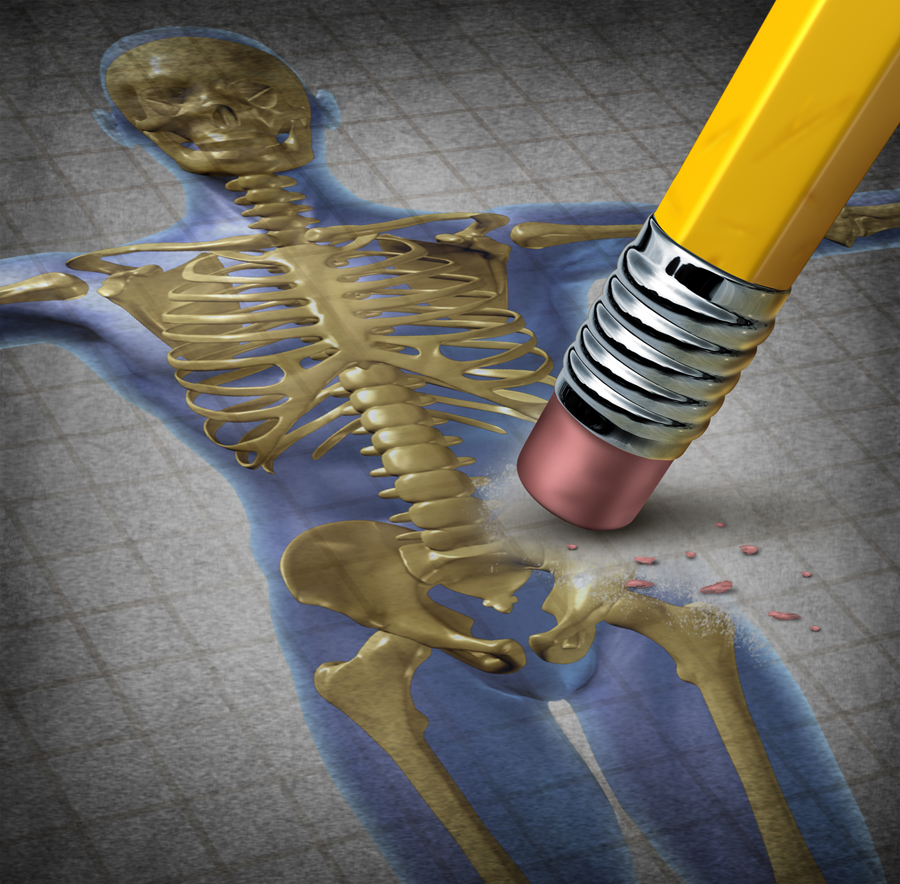
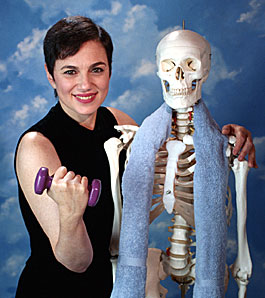 At that time there wasn’t much research available. But even then, the studies I found on tennis players, astronauts, and bed rest pointed in the direction that weight-bearing exercise could help maintain the bone density you have and even promote bone growth. I was intrigued. I’ve followed the research over the years and even created an osteoporosis exercise program.
At that time there wasn’t much research available. But even then, the studies I found on tennis players, astronauts, and bed rest pointed in the direction that weight-bearing exercise could help maintain the bone density you have and even promote bone growth. I was intrigued. I’ve followed the research over the years and even created an osteoporosis exercise program.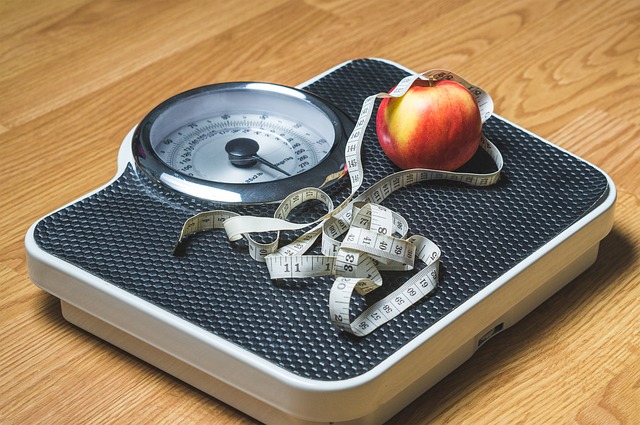
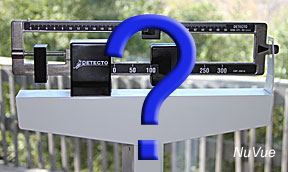 Do you want to lose weight?
Do you want to lose weight? I give my clients a baseline of their body fat percentage and get them to use the scale. Then we set up a diet and exercise plan. You can lose weight by diet alone. But dieting can reduce muscle mass along with fat. This becomes ever more important as we age. We can lose as much as 6 pounds of muscle tissue per decade as we age. And metabolism can slow down as much as 3 percent per decade. You can see that if left unchecked, you’re on a slow boat to obesity. Adding an exercise program may be all you need to turn this process around. Cardio exercise burns calories, and strength training raises your metabolism and builds lean muscle mass while you are losing. Losing about 1 percent body fat a month and one to two pounds a week is considered safe and realistic. Here’s the winning combination. Reduce calorie intake with diet, do cardio most days to burn calories, and strength train at least a couple of days a week to build muscle mass and increase metabolism.
I give my clients a baseline of their body fat percentage and get them to use the scale. Then we set up a diet and exercise plan. You can lose weight by diet alone. But dieting can reduce muscle mass along with fat. This becomes ever more important as we age. We can lose as much as 6 pounds of muscle tissue per decade as we age. And metabolism can slow down as much as 3 percent per decade. You can see that if left unchecked, you’re on a slow boat to obesity. Adding an exercise program may be all you need to turn this process around. Cardio exercise burns calories, and strength training raises your metabolism and builds lean muscle mass while you are losing. Losing about 1 percent body fat a month and one to two pounds a week is considered safe and realistic. Here’s the winning combination. Reduce calorie intake with diet, do cardio most days to burn calories, and strength train at least a couple of days a week to build muscle mass and increase metabolism.
